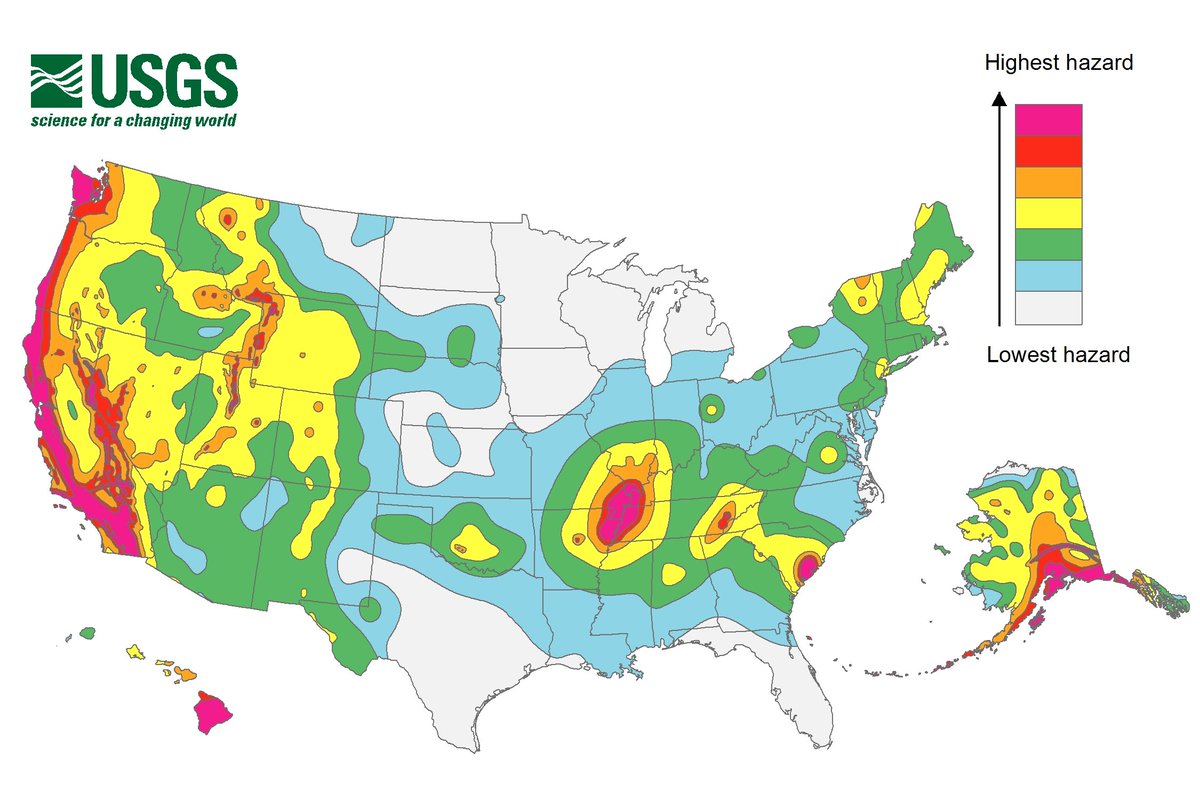Like #DrBiden, I learned that sometimes you need to add that "Dr.". In the 1980s, I had to dress in shorts and T-shirt to show I was a geologist. Nice clothes at Caltech meant you were a secretary.
In the 1990s, all the Caltech/USGS seismologists were on TV explaining earthquakes. The women were called the "earthquake ladies". The men were called seismologists. I started using the Dr. to remind the reporters that women could be scientists too.
In the 2000s, I joined the CA Seismic Safety Commission. Using the Dr. meant quicker appointments with the legislators.
In the 2010s, that Dr. led to policy makers willing to listen to me and work together for change.
#DrBiden, I and every other PhD deserve to use our titles.
In the 2010s, that Dr. led to policy makers willing to listen to me and work together for change.
#DrBiden, I and every other PhD deserve to use our titles.
This discussion got me thinking of why I use the "Dr." and when. It's about respecting expertise, but we are having a hard time with that in the US recently. Discussing all this on my podcast.
podbean.com/eu/pb-dnue9-f5…
podbean.com/eu/pb-dnue9-f5…
• • •
Missing some Tweet in this thread? You can try to
force a refresh






